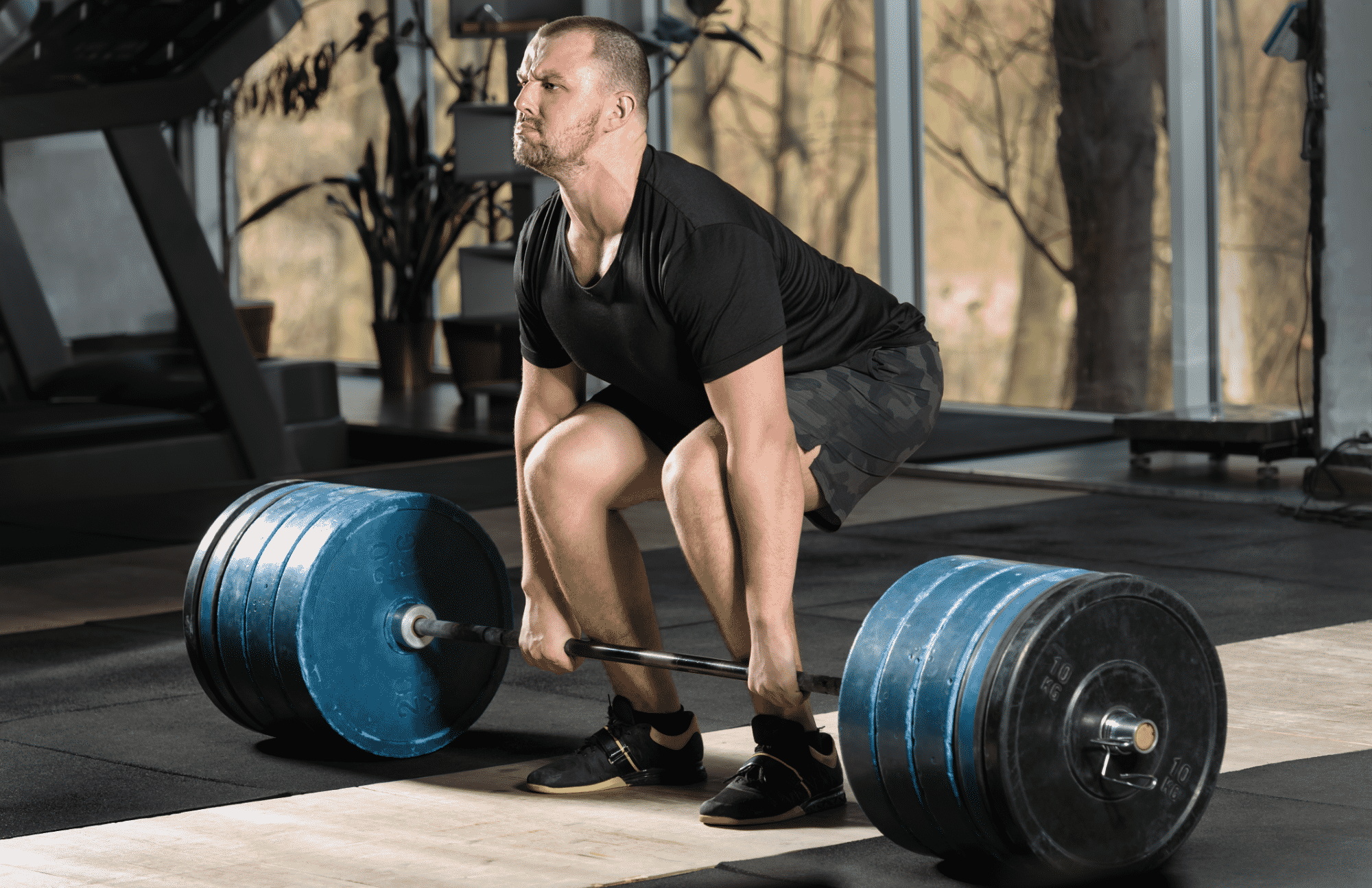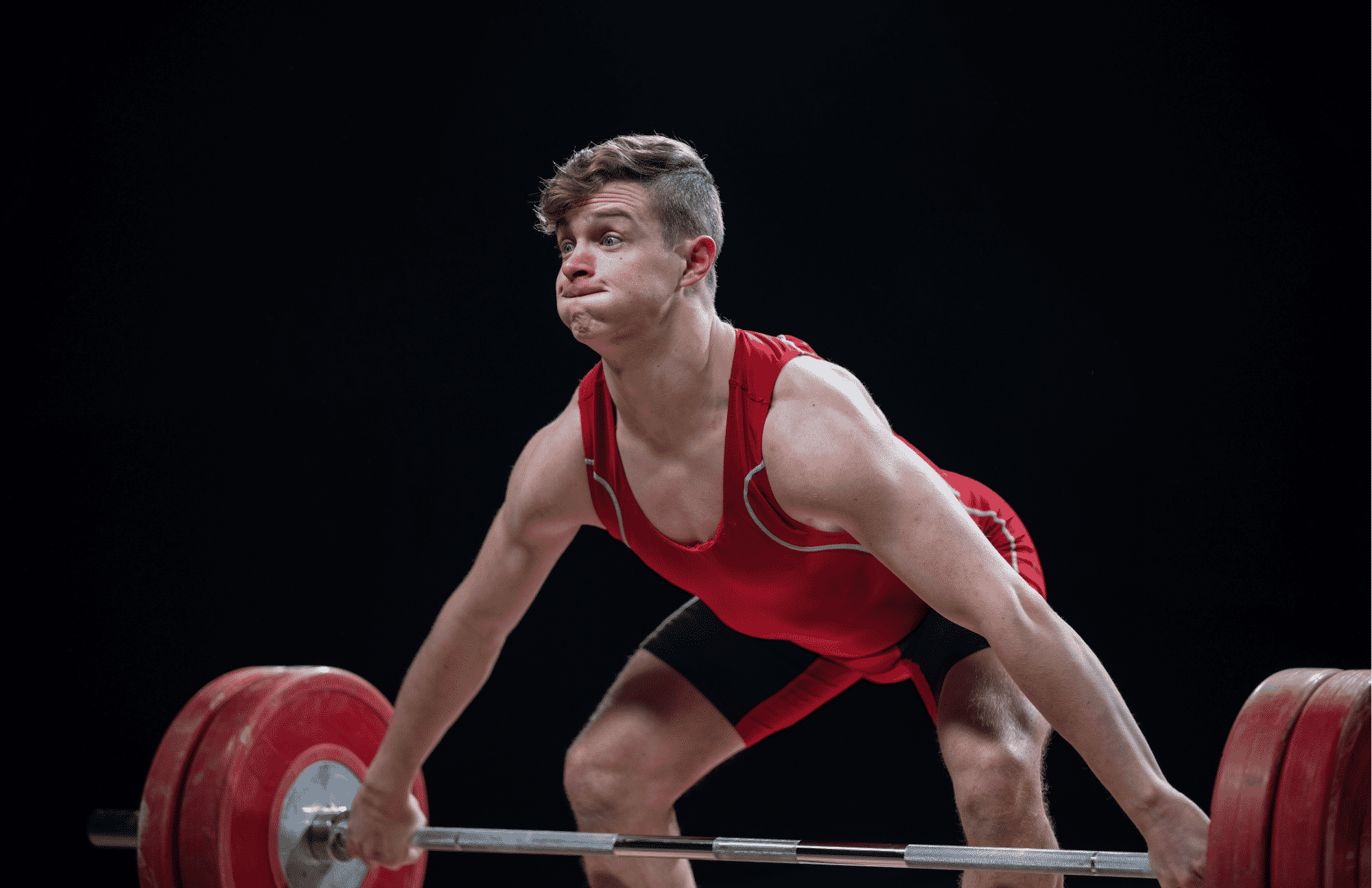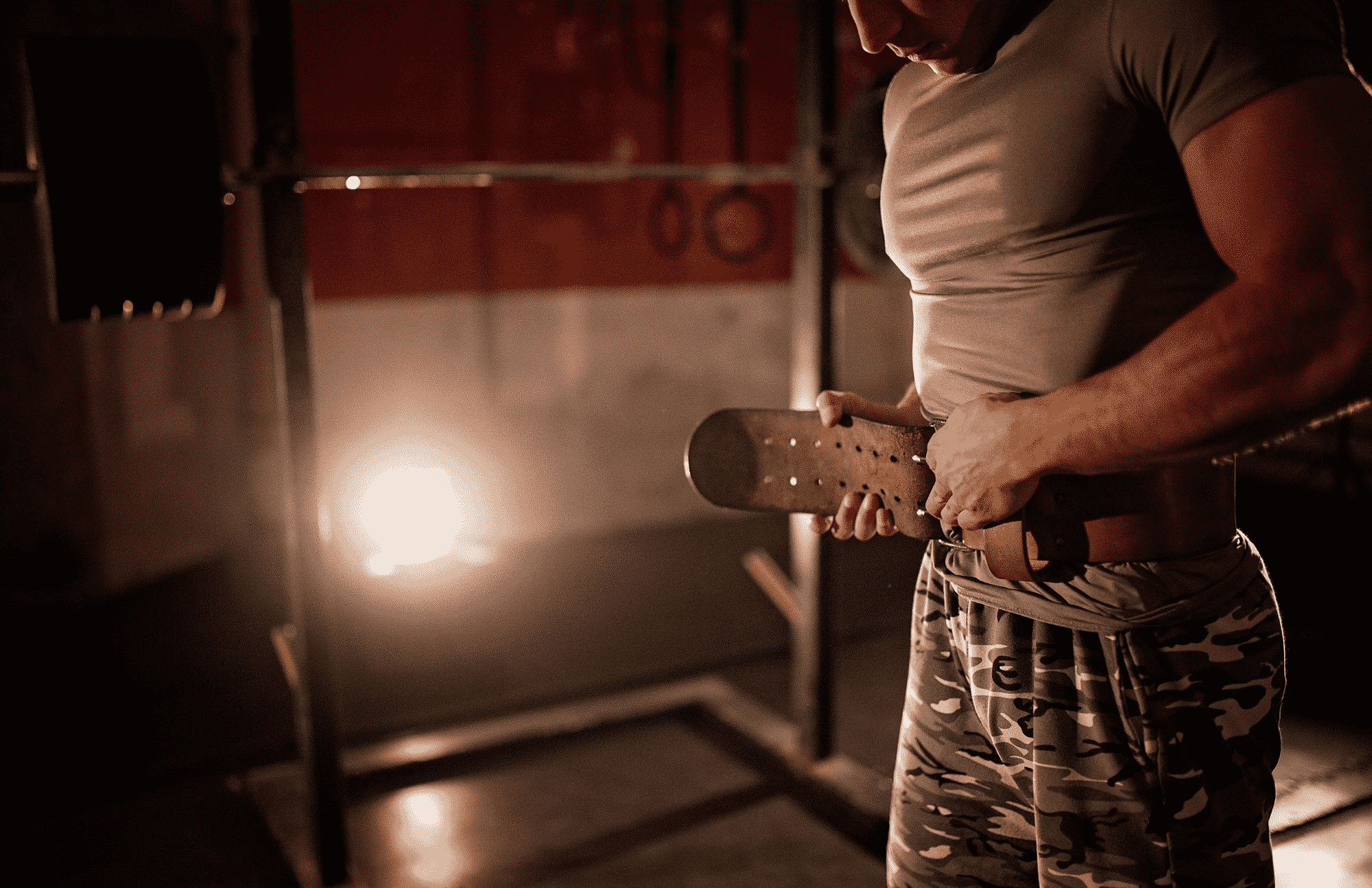I love deadlifts.
There’s something raw and powerful about lifting a heavy object from the ground up. One of the best ways to gauge a lifters strength is their deadlift number.
There are so many checkpoints your mind must pass to deadlift effectively. For most lifters, you do this all in a matter of seconds.
Indeed, I can’t think of another complete exercise than the deadlift. It's physically challenging and mentally draining.
As you get stronger and progress in your lifting career, your deadlift numbers will go up. Once you get to this level, it’s a good idea to look into a weightlifting belt.
In this article, we will give you all the details you need to know how to use your lifting belt for deadlifts. If you’re not sure which belt to buy, check out our Top Weight Lifting Belts list.
How to Deadlift Properly
Before we look at deadlifting with a belt, I want to recap deadlift technique. Deadlifts are an unforgiving exercise.
That is, if you deadlift with bad technique you’re asking for an injury. There is no middle ground when it comes to deadlifts. You can or you can’t.
One of the best guides on the internet on how to deadlift is by Mehdi over at Stronglifts. Some of you may recognize this name as the guy behind the 5x5 program. For more details, you should check out Mark Rippetoe, the author of starting strength.
You should start with the weight on the ground and your feet under the middle of the bar. Grab the bar by bending over and placing your hands shoulder-width apart. You’ll notice your knees may bend slightly depending on your hamstring flexibility.
Next, set the movement up but flattening your lower back. Your knees will bend to compensate. Make sure your shins touch the bar. Here is where your start position will always be for deadlifts. Get ready to lift the weight by breathing in and bracing.

The harder you brace the more your abdomen will stretch. Don’t worry this is what you want. You’re increasing intra-abdominal pressure which helps with core stability. This movement prevents your torso from crushing due to the weight.
Once you lift the weight with your back straight up, lower the bar with full control to the floor.
In summary, you set up your lift, then you lift the bar and bring it down.
Purpose of a Deadlift Belt
The purpose of a deadlift belt is to help lift more with safety and stability. The belt provides a lifter with a surface to brace against and tighten your core. A weight lifting belt helps by increasing intra-abdominal pressure (IAP) to lift more.
A message for all lifters: a weight lifting belt doesn’t replace proper technique. If you’re just learning about technique and proper deadlift form, focus on those first. But if you’re looking for a belt to help with your back pain. If this is the case, check out the Harbinger Nylon Weight Lifting Belt.

I recommend training beltless for at least 6 months of consistent lifting. This period will allow you to master technique and learn various physical cues. Further, your back will gain the strength and muscle memory to prevent injury. Using a weight lifting belt during these crucial 6 months will only serve as a band-aid to poor form. Having a good foundation of breathing and bracing techniques will let you move on to the next level.
Once conditioned, you can go ahead and buy a weight lifting belt to use during your deadlifts. You don’t need to wear a belt during your whole workout. Instead, you should only use a deadlift belt when you’re trying to test your one rep maxes. Specifically, when you’re deadlifting more than 85% of your 1 rep max, you will enjoy using a weightlifting belt.
Deadlift Belt Position
When wearing a deadlift belt, you need to make sure you’re wearing it in the right position to reap all the benefits. Like we mention in our sizing guide, your weightlifting belt should be in the middle of your abdomen.
The two main concerns you should have for the position of your deadlift belt is comfort and bracing. If you feel no pinching or digging into your hips, the belt will be comfortable. The belt should cover your abdominals and your lower back erectors. This position will allow you to contract your core and push out against the belt. You will be able to create the maximum intra-abdominal pressure.

For most people, the position of the deadlift belt is a preference. In general, you should use your navel as a guide. Try to deadlift with the belt right above your navel. If it feels comfortable and you can brace effectively, that’s your deadlift belt position. If you feel discomfort at this level, move the belt so it covers your navel and test this position out.
Some people prefer lowering the belt where the bottom of the belt sits at your pant level. But you will quickly discover that the deadlift belt will dig into your hips as you bend over. If your belt is soft, you may not encounter this issue but always remember comfort and bracing power.
Frequently Asked Questions
Should you wear a lifting belt when Deadlifting?
If you’re looking to keep progressing on your deadlift numbers, you should buy a belt. If you’re a serious lifter wanting to get heavier and stronger, you should wear a belt when deadlifting. Wearing a lifting belt will also help you smash through your deadlift PRs.
Can I do deadlifts without a belt?
Of course! I recommend learning deadlifts and proper technique without wearing a belt. You need to master your bracing and breathing abilities without a belt before moving on. Your core and back muscles will build better strength without a belt until you reach a maximum.
Can you deadlift heavy without a belt?
Short answer: yes, but you will hit a plateau. There are many competitive athletes who can raw deadlift without weight lifting accessories. But every raw deadlifter uses a weightlifting belt. Including the world record holder Benedikt Magnússon.
When should I start using a belt for deadlifts?
As you keep getting stronger, your deadlift numbers will go up. As a general rule of thumb, if you can deadlift your body weight you should start using a belt. Sometimes lifters with weaker abdominal muscles will need to start sooner as well.
How do you use a deadlift belt?
Use a deadlift belt the same way you would use a weightlifting belt. You should wear a deadlift belt so it covers your abdominals and lower back. The belt should be tight enough to fit your fingers through the space between your abdomen and the belt.
How much does a belt add to deadlift?
Wearing a belt will increase your intra-abdominal pressure (IAP) by 15% while deadlifting. The higher IAP translates to a 5-10% weight increase in your deadlifts. So you can lift 220lbs with a belt if your one rep max is 200lbs without a belt.
Is Deadlifting with a belt easier?
Initially, using a belt while deadlifting might be uncomfortable and more difficult. But if you stick to it, you’ll find deadlifting with a belt is much easier. You’ll be able to generate enough core strength and bracing power to deadlift more and more.
Is it dangerous to deadlift without a belt?
Definitely no. You should learn to deadlift with good technique before moving to heavier weights. You can strengthen your core dramatically by deadlifting without a belt. Once you begin to deadlift heavy, it can start to get dangerous but a belt can help.
How tight should a belt be for deadlifts?
A weightlifting belt helps with bracing power and increasing intra-abdominal pressure. You need to be able to expand your abdomen enough to push against the belt during deadlifts. So it should be tight enough to get your hand in between the belt and your abdomen.
Final Thoughts
I hope this guide proved helpful for you. There are many factors to consider when buying a weight lifting belt but we can help. This guide shows how easy you can measure your weight lifting belt size and how important it is for your safety. If you have any questions drop me a message below!





